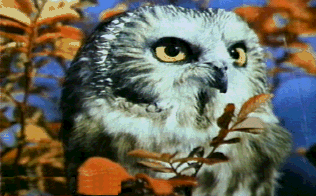
 |
Active Perception Laboratory |
The Active Perception Laboratory (APL) is an interdisciplinary research center founded by Professor Tai Sing Lee in 1997 in the School of Computer Science, Carnegie Mellon University, and in the Center for the Neural Basis of Cognition -- a collaboration between Carnegie Mellon and the University of Pittsburgh. The primary mission of APL is to discover and elucidate the organizing computational principles of the visual system, and to elucidate the neural mechanisms underlying visual perception, spatial reasoning and object recognition using an integrated approach.
Our laboratory provides interdisciplinary training to every individual postdoctoral fellow or graduate student. Most APL members have been solidly trained in one of physical and applied science disciplines such as computer science, mathematics, physics, and biomedical engineering. Each individual member is expected to carry out both computational and neurophysiological studies. Our unique strength is our integrated approach that combines concepts and techniques in engineering, mathematics, physics and computer science with conventional and advanced recording methods in neurophysiology to study the computational and neural basis of vision.
Over the years, a number of students and postdoctoral fellows have contributed to the development of the laboratory. Now, APL is equiped with a 128 channel Cerebus recording system, two 32-channel cortex-Datawave data acquisition systems, 2 precision eye movement trackers and over 30 computers to support multielectrode primate electrophysiology, human behavioral experiments, as well as computational modeling and simulation studies. APL members in addition have full access to all general computing facilities of the CNBC and all the supercomputing platforms in the Pittsburgh supercomputing center.
Research projects in our laboratory are currently grouped into the following areas:
Our long-term goal is to construct an intelligent and adaptive machine visual system that can approximate most of our visual functions. We hope our work will advance the understanding of the computational principles and representational strategies of the visual system which will provide the foundation for developing therapeutic treatments and neural interfaces that either restore vision or at least alleviate the suffering of the visually impaired.
Webpage maintained by Stella X. Yu.